Water and Food Security: Somalia Famine Grows, Drought Could Ease
Meteorologists are hopeful for future rainfall, though they say the current disaster was preventable. The lack of rain, which is also affecting neighboring Kenya and Ethiopia, and political instability have tipped Somalia into a food crisis that could persist, even as drought conditions abate.
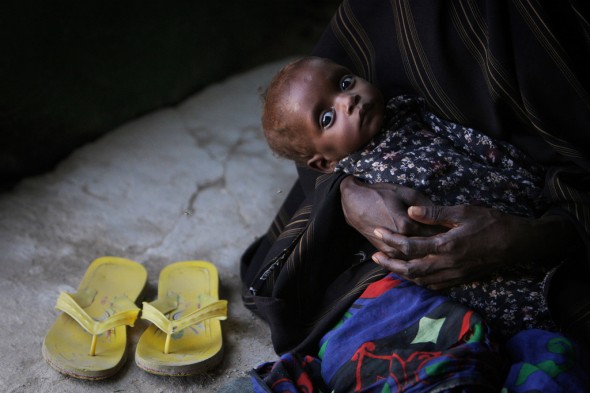
Vulnerability to diseases is also of grave concern – according to the UN Refugee Agency UNHCR, hundreds of Somali children are dying from a combination of acute malnutrition and measles.
More than half of Somalia’s population is now suffering from lack of food as famine spreads to the Bay region of the country, where food production has fallen 82 percent, according to Voice of America. The famine — officially declared in July — is due in part to a La Niña-induced drought that first hit the Horn of Africa in 2010 and has continued into 2011.
The El Niño Southern Oscillation (ENSO) climate pattern is a coupled ocean-atmosphere phenomenon consisting of El Niño and La Niña cycles, and, according to the United Nations Environmental Programme (UNEP), although ENSO is naturally occurring, a warming climate may contribute to an increase in the frequency and intensity of El Niño cycles. This cycle is being classified as a moderate-to-strong La Niña, following 2009’s especially intense El Niño year.
La Niña is characterized by colder-than-normal water surface temperatures in the equatorial Pacific Ocean, causing heavy rains in Australia, Southeast Asia, and South America, while causing drought conditions in eastern Africa.
While drought still prevails in the region, the World Meteorological Organization (WMO) has reported that there should be near normal rainfall in the Horn of Africa by the end of this year. Though there is still the possibility of another La Niña, it is expected to be weaker than the current cycle. Either way — whether next year there is no La Niña, or just a weakened one — drought conditions will likely ease in the coming months, according to Voice of America.
The weakening of the drought, however, does not necessarily spell the end of the famine.
Food — if it becomes available — is difficult to distribute, and this is the challenge facing aid organizations, which have not lacked supplies as much as the means to get those supplies to people in need. Additionally, Somalia is still in a state of conflict, which will have a great influence on the future of its food supplies. The country’s government, though internationally recognized, is weak and opposed by a number of groups, including the Islamist al-Shabaab, which controls much of the country that has been hit hardest by the famine, the Guardian reported.
The political instability — and resulting inefficiency — also contributed to creating the crisis in the first place, WMO climate expert Rupa Kumar Kolli told Voice of America. Kolli said that meteorologists predicted the drought well in advance and warned policy makers in the affected countries, but they got little response because weather and climate information is often not taken seriously.
“Famines are man-made, whereas droughts are natural parts of the system,” Kolli said.
Government policies encouraging agricultural practices that better utilize water resources will be key to future food security in the Horn of Africa’s arid regions. According to Jeff Hill, director for policy at USAid, this means investing in pastoral livestock farmers, the Guardian reported.
“Livestock provides more food security than growing crops in many arid and semi-arid areas,” Hill said.
Unlike crops, livestock can be moved to water during the dry season’ but, currently, farmers often cannot move their herds freely, sometimes due to cultural and international borders, as was the case earlier this year in a dispute between two ethnic groups on either side of the Ethiopia-Kenya border. If they were allowed to follow the water, rural farmers could become more resistant to drought and famine.
Sources: Guardian; Voice of America
A news correspondent for Circle of Blue based out of Hawaii. She writes The Stream, Circle of Blue’s daily digest of international water news trends. Her interests include food security, ecology and the Great Lakes.
Contact Codi Kozacek

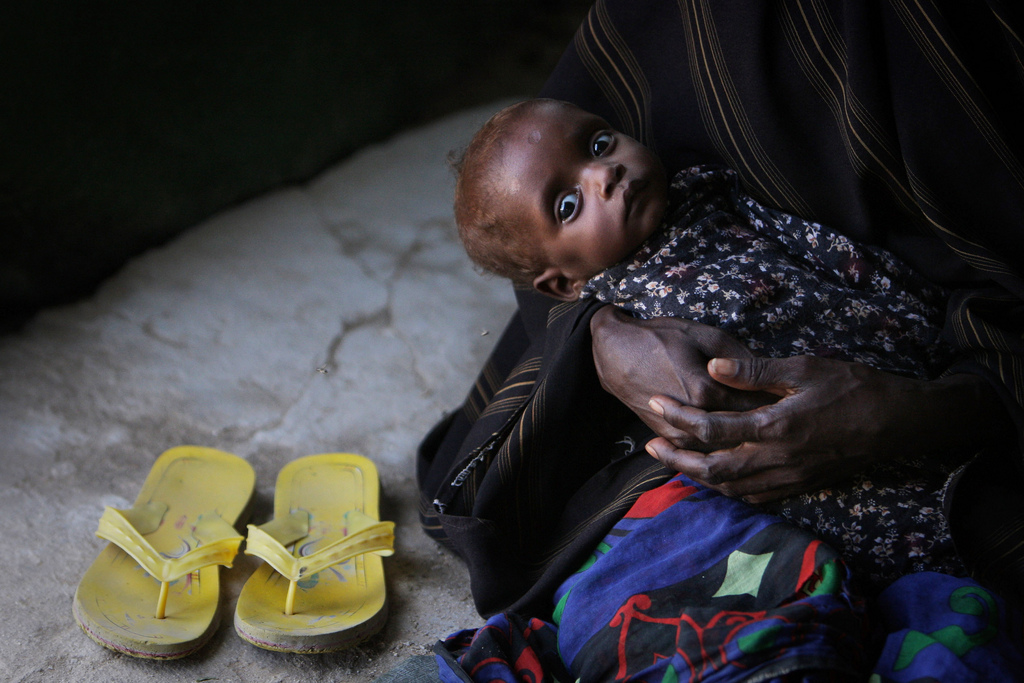

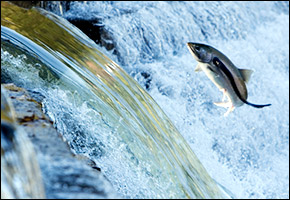

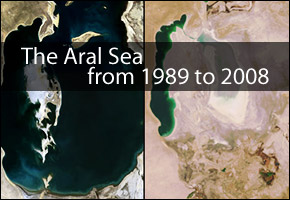
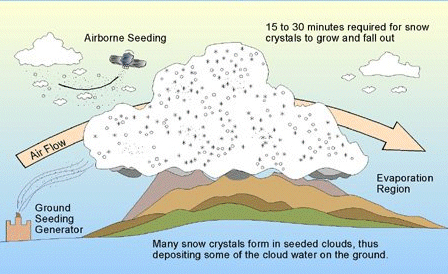


By highlighting this food and water system ,it is possible to inform about the advantages , and disadvantages of the people. I think everyone will benefit from your efforts. If you want to know something about water system marriag, come to the link target=”_blank”>http://www.eawctechnologies.com//water scarcity